Lung ultrasound-a primary survey of the acutely dyspneic patient
- PMID: 27588206
- PMCID: PMC5007698
- DOI: 10.1186/s40560-016-0180-1
Lung ultrasound-a primary survey of the acutely dyspneic patient
Abstract
There has been an explosion of knowledge and application of clinical lung ultrasound (LUS) in the last decade. LUS has important applications in the ambulatory, emergency, and critical care settings and its deployability for immediate bedside assessment allows many acute lung conditions to be diagnosed and early interventional decisions made in a matter of minutes. This review detailed the scientific basis of LUS, the examination techniques, and summarises the current applications in several acute lung conditions. It is to be hoped that clinicians, after reviewing the evidence within this article, would see LUS as an important first-line modality in the primary evaluation of an acutely dyspneic patient.
Keywords: A-lines; B-lines; Curtain sign; I-lines; Lung ultrasound; Z-lines.
Figures
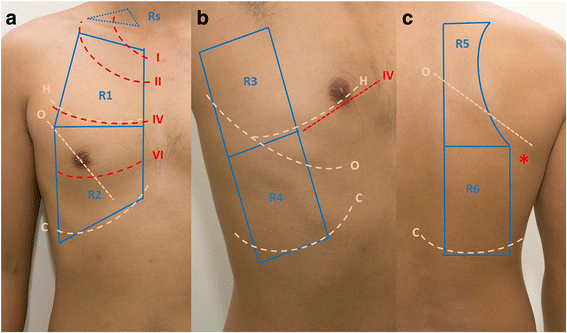
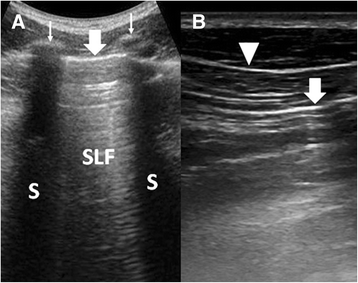
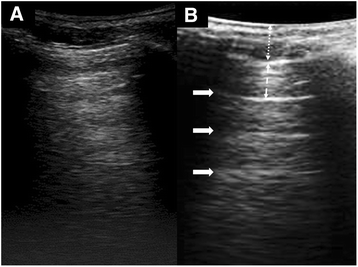
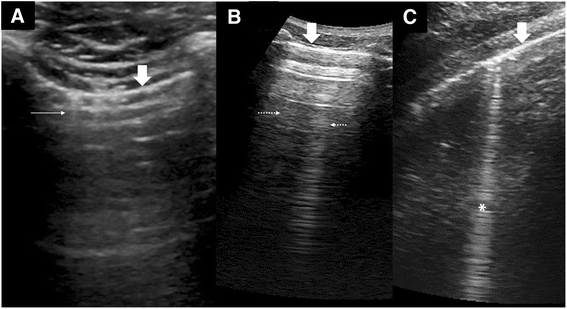
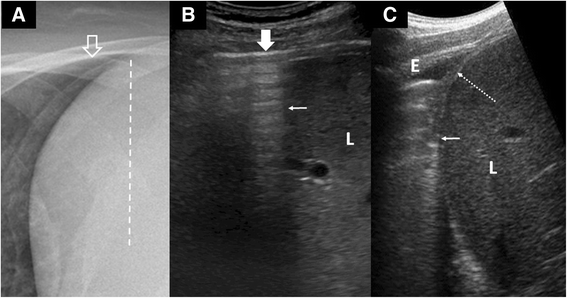
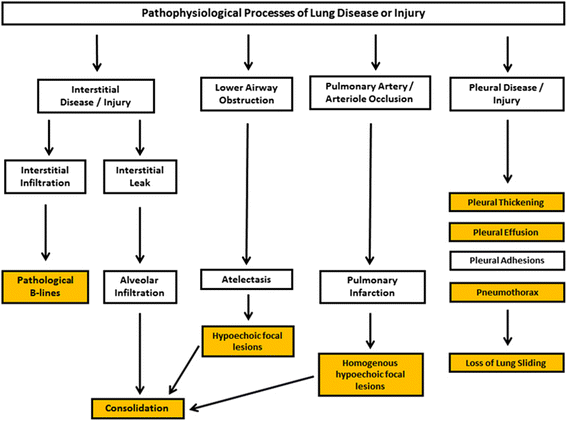

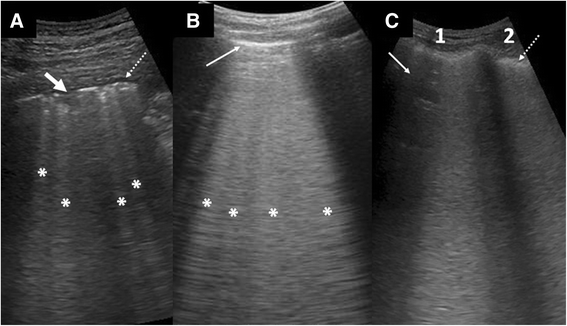
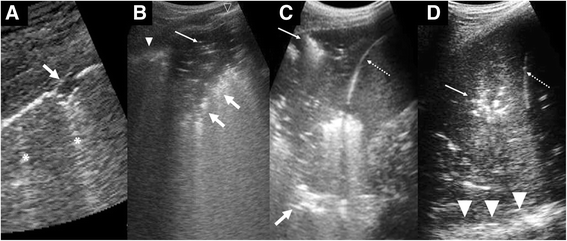
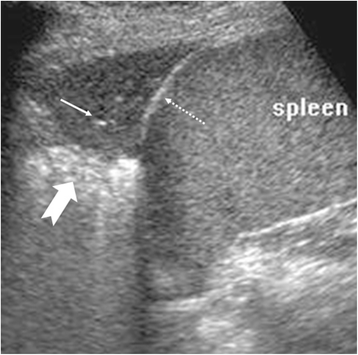
References
-
- Milliner BHA, Tsung JW. An evidence-based lung ultrasound scanning protocol for diagnosing pediatric pneumonia. Ann Emerg Med. 2015;66(4):S107. doi: 10.1016/j.annemergmed.2015.07.330. - DOI
Publication types
LinkOut - more resources
Full Text Sources
Other Literature Sources

